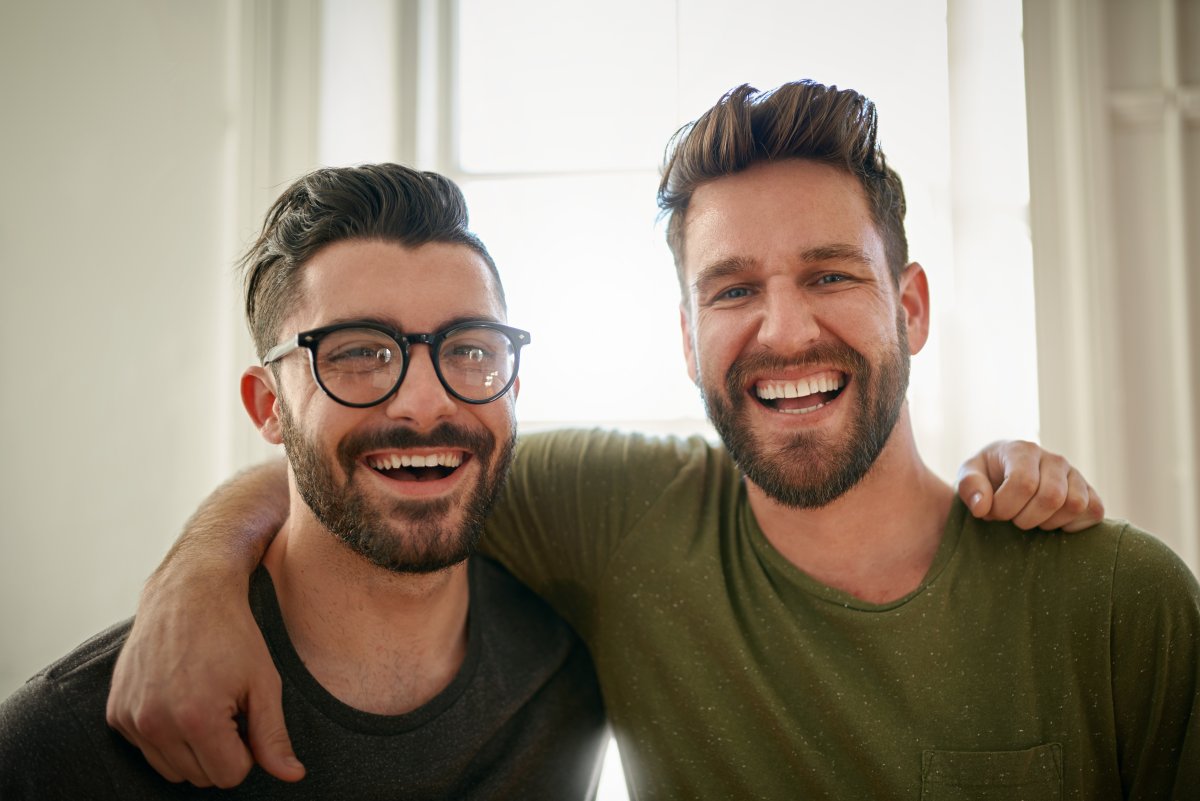Abraham Lincoln, the 16th president of the United States, reportedly grew a beard in hopes of getting elected.

Grace Bedell, 11, wrote to the president elect say that she thought his face was thin and that his chances of him getting elected in office were greater if he grew a beard.
“I have got four brothers and part of them will vote for you any way and if you will let your whiskers grow I will try and get the rest of them to vote for you,” Bedell writes. “All the ladies like whiskers and they would tease their husbands to vote for you and then you would be President.”
Shortly after a prompt letter exchange, Lincoln met the girl sporting a full beard. He then served in office for four years.
For Bedell, facial hair made the man, and modern research shows that she’s not too far from the truth. Numerous studies prove that facial hair can define a person, dictate how a man feels about himself and can affect another person’s reading of him.
The defining factor
Whether you’re sporting a lumberjack or faded beard, facial hair clearly helps shape a man’s identity these days. “Traditionally men wore facial hair to show allegiance to their kind or politicians or their church. Then things started to change after WWII and for the last 25 years especially, there’s been rampant growth of all types,” says Allan Peterkin, author of One Thousand Beards: A Cultural History of Facial Hair. “For contemporary men, it’s a playful expression of themselves.”
Stéphane Héas, a sociologist at Rennes 2 University in Upper Brittany, France, agrees telling The Guardian in 2015 that “being hairless and clean-shaven, or not, is far from neutral…One’s appearance impacts directly on the way others judge us.”
In fact, one argument could be that growing facial hair is one ultimate display of masculinity. “It’s a very virile expression. It’s still one of the things men can do that women can’t and men really bond over facial hair—there are contests, clubs and Web sites,” says Peterkin. “There’s also a cosmetic aspect to facial hair for men. They can grow moustache to hide thin lips, hide a weak chin or balance out a bald head.”
And much like changing your hair or getting a fresh cut, facial hair is also a confidence booster. One University of Maine study in 1986 followed 60 men who altered their looks via a bandana, a beard or not doing anything at all. The study found that those wearing fake beards saw themselves as more masculine than the others.
Evolving role of facial hair
Historically facial hair has seen some debate as to how it’s perceived on a man. Men sporting beards are generally seen as being more trustworthy, cites one 2014 study from McMaster University.
Going back even further, a 1990 report from the University of Texas says that men with facial hair are linked more consistently with positive perceptions of social and physical attractiveness, personality, competency and composure.
Still, another 1996 study from Ethology & Sociobiology reports that men with facial hair are also seen as more aggressive, less appeasing, less attractive, older and lower on social maturity than men with clean-shaven faces.
“There’s a perception that a beard makes a man appear more assertive, stronger, masculine, those kinds of adjectives. It can also make a younger man appear older. And a lot of men attest to the fact that that’s the primary reason they grow one, especially as a younger person,” says Christopher Oldstone-Moore who wrote Of Beards and Men: The Revealing History of Facial Hair.
How did we get here?
While celebrity and fashion trends have undoubtedly influenced the evolving look of facial hair, other factors have influenced the recent resurgence as well.
For instance, more workplace settings allow more freedom of expression of a man’s look and getting away from the strict suit-and-tie-clean-shaven traditional corporate look. “The rules have long been that men are supposed to shave and look professional. So if you stand outside those rules, you are clearly saying ‘I don’t follow those rules and I’m more of an independent person,” says Oldstone-Moore.
In fact, last fall, the Canadian military announced it would allow members to grow beards, albeit ones that were maintained and not shaggy. And in 2012, Disneyland, which had a notoriously strict anti-facial hair policy, let up slightly to allow growth on faces. “Most workplaces are quite permissive of it now,” says Peterkin. He adds that while beards were long found in industries such as arts and academia, it’s increasingly found in industries such as law enforcement, military and athletics even.
Regardless of where you fall on the debate line, there’s great interest in how exactly to make those beards and moustaches look their best. “Products such as beard oils, washes and razors to create stubble are so ubiquitous now,” says Peterkin. “A huge marketing industry has grown up around all of this.”
If all of this inspires you to freshen up your facial hair look, barber shops and salons are fully equipped to shape your facial hair into the look you’ve been wanting. Yet brands such as WAHL offer a variety of facial trimmers so you can “Trim like a Pro” at home. Click here to find out more.


